Aluminium extrusion scrap refers to the discarded aluminium profiles, bars, tubes, and other extruded products that are no longer in use or have been removed from buildings or structures. These scrap materials are valuable resources that can be recycled and processed to produce new aluminium products.
Extraction Techniques
The extraction of aluminium from its ores involves a series of chemical, physical, and electrochemical processes. Methods may vary depending on the ore source, local environmental regulations, and other factors. The ore must be beneficiated (concentrated) through crushing, roasting, and smelting processes. Refining processes, including electrolysis, are then carried out to obtain pure aluminium.
Beneficiation Process
In the beneficiation process, the ore is crushed and roasted to convert sulfides to oxides, which are smelted to produce matte. Various refining processes, such as electrolysis, are then employed to further purify the metal. Byproducts of extraction, such as sulfur dioxide gas, are captured and recycled.
Environmental Considerations
The extraction and production of aluminium can have environmental impacts, including energy consumption, greenhouse gas emissions, and land disturbance. However, recycling aluminium extrusion scrap significantly reduces these impacts by conserving energy, reducing emissions, and minimizing the need for mining raw materials.
2. Applications of ALUMINIUM EXTRUSION SCRAP
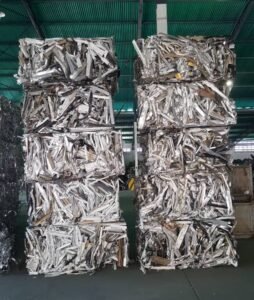
Aluminium Production
they are vital component in the production of primary aluminium. It is recycled and processed to obtain impure forms of metallic copper, known as anode or blister copper, which are further refined to produce high-purity refined copper.
Secondary Aluminium Industry
The are also a key raw material in the secondary aluminium industry. It is melted and processed to produce recycled aluminium products with similar properties to those made from primary aluminium. This industry plays a crucial role in reducing the demand for primary aluminium and minimizing resource consumption.
Automotive Industry
The automotive industry heavily relies on aluminium extrusion scrap for the production of lightweight components. Recycled aluminium helps enhance fuel efficiency, reduce emissions, and improve the overall performance and sustainability of vehicles.
Construction Industry
there is widely used in the construction industry for various applications, including windows, doors, curtain walls, and structural components. Recycled aluminium offers cost-effective and sustainable solutions for building projects.
Packaging Industry
The packaging industry utilizes are for the production of cans, foils, and other packaging materials. Recycling aluminium reduces the need for virgin resources, conserves energy, and minimizes waste.
3. Collection and Sorting of Aluminium Extrusion Scrap
Sources of Scrap
They can be obtained from a variety of sources, including manufacturing processes, construction and demolition sites, and end-of-life products. It is essential to establish efficient collection systems to capture and divert scrap materials from landfill.
Collection Methods
Collection methods for aluminium extrusion scrap may include curbside recycling programs, drop-off centers, and partnerships with industries and businesses. Collaboration between stakeholders is crucial to ensure the proper collection and handling of scrap materials.
Sorting Techniques
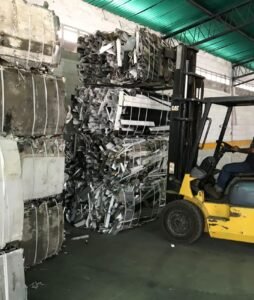
Sorting techniques are employed to separate different types of these based on their alloy composition, size, and condition. Manual sorting, automated sorting technologies, and advanced spectroscopic analysis are commonly used to achieve accurate and efficient sorting.
Quality Control
Quality control measures are implemented to ensure the purity and integrity of these mineral. Testing methods, such as chemical analysis and visual inspection, are employed to assess the alloy composition, impurity levels, and moisture content of the scrap materials.
4. Shipment and Storage of Aluminium Extrusion Scrap
Packaging Requirements
It should be properly packaged to prevent contamination and ensure safe transportation. Packaging materials, such as drums or containers, should be suitable for the type and quantity of scrap being shipped.
Containerized Shipment
Containerized shipment is a common method for transporting these items. Proper stowage and securing measures should be taken to prevent damage and ensure the stability of the cargo during transit.
Bulk Shipment
Bulk shipment of minerals is also employed for large quantities. Bulk carriers should comply with relevant regulations and follow proper loading and unloading procedures to minimize the risk of spills or accidents.
Storage Considerations
They should be stored in designated areas that are clean, dry, and well-ventilated. Proper handling and storage practices help prevent contamination, degradation, and the risk of fire or other hazards.
5. Recycling Process of Aluminium Extrusion Scrap
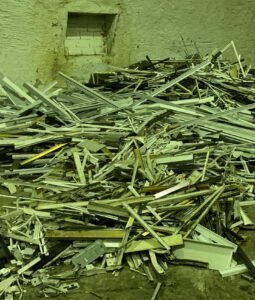
Sorting and Shredding
After collection, minerals undergoes sorting and shredding processes. Sorting separates different types of scrap based on their alloy composition, while shredding reduces the size and prepares the materials for further processing.
Melting and Purification
The sorted and shredded aluminium extrusion scrap is then melted in furnaces to eliminate impurities and achieve the desired composition. Fluxes and degassing agents may be used to facilitate the purification process.
Casting and Solidification
Once purified, the molten aluminium is cast into ingots, billets, or other desired forms. Controlled cooling and solidification processes ensure the formation of a homogeneous and structurally sound material.
Extrusion and Forming
The cast aluminium is then extruded or formed into various shapes and profiles, such as bars, rods, tubes, and sheets, using specialized equipment. Extrusion allows for the customization and production of specific products according to customer requirements.
6. Environmental Benefits of Recycling Aluminium Extrusion Scrap
Energy Savings
Recycling aluminium extrusion scrap requires significantly less energy compared to primary aluminium production. The energy savings achieved through recycling contribute to the conservation of natural resources and the reduction of greenhouse gas emissions.
Reduced Greenhouse Gas Emissions
The recycling of minerals helps reduce the emissions of greenhouse gases, such as carbon dioxide, associated with primary aluminium production. This contributes to mitigating climate change and improving air quality.
Conservation of Natural Resources
By recycling these items, the demand for primary aluminium and the extraction of raw materials are reduced. This helps conserve finite natural resources, such as bauxite, and minimize the environmental impacts of mining.
Landfill Diversion
Recycling are diverts valuable materials from landfill, reducing the volume of waste and the associated environmental risks. This contributes to a more sustainable waste management system.
7. Quality Control and Specifications
Alloy Composition
The alloy composition of these items is an important factor in determining its quality and suitability for recycling. Specifications for alloy composition may vary depending on the intended application and industry standards.
Impurity Limits
Impurity limits are set to ensure the purity and integrity of recycled aluminium extrusion scrap. Common impurities, such as iron, copper, and zinc, should be within acceptable limits to maintain the desired properties of the material.
Moisture Content
Moisture content is a critical parameter in aluminium extrusion scrap. Excessive moisture can lead to defects in the recycling process and affect the quality of the final product. Proper drying and storage practices help maintain the desired moisture levels.
Testing Methods
Various testing methods, including chemical analysis and visual inspection, are employed to assess the quality and compliance . These methods help ensure that the materials meet the required specifications and standards.
8. Market Trends and Outlook
Global Demand and Supply
The demand for these items is influenced by various factors, such as economic conditions, technological advancements, and sustainability initiatives. The global market for recycled aluminium continues to grow, driven by the increasing demand for sustainable materials.
Price Fluctuations
The price of these subject to market dynamics, including supply and demand, currency fluctuations, and trade policies. Awareness of market trends and price fluctuations is essential for effective business planning and decision-making.
Emerging Markets
Emerging markets, particularly in developing countries, present significant opportunities for the recycling and utilization of aluminium extrusion scrap. These markets offer potential for growth and expansion, driven by urbanization, infrastructure development, and increased industrial activities.
Future Prospects
The future of these looks promising, as the circular economy and sustainability initiatives gain momentum. Continued advancements in recycling technologies, resource efficiency, and product innovation will further drive the demand for recycled aluminium.
9. Regulatory and Compliance Considerations
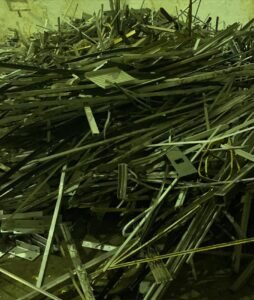
Environmental Regulations
The recycling and processing of these are subject to environmental regulations and standards. Compliance with these regulations, including waste management practices, emissions control, and occupational health and safety, is essential for sustainable operation
Occupational Health and Safety
The handling and processing of these involve potential health and safety risks, such as exposure to dust, fumes, and hazardous substances. Proper training, protective equipment, and risk management practices are necessary to ensure the well-being of workers.
International Standards
International standards and certifications, such as those provided by the International Organization for Standardization (ISO), play a significant role in ensuring the quality, traceability, and sustainability of recycled okay. Compliance with these standards enhances market credibility and facilitates international trade.
10. Challenges and Opportunities Industry
Contamination Issues
Contamination of are with non-metallic materials, such as plastics, rubber, or wood, poses challenges in the recycling process. Effective sorting, quality control, and education initiatives are essential for minimizing contamination and improving the quality of recycled materials.
Technological Advancements
Technological advancements, such as automated sorting systems, advanced analytics, and artificial intelligence, offer opportunities for enhancing the efficiency and effectiveness of aluminium extrusion scrap recycling. Continuous investment in research and development is necessary to stay competitive in the industry.
Circular Economy Initiatives
The transition towards a circular economy presents opportunities for the aluminium extrusion scrap industry. Collaboration between stakeholders, resource optimization, and the development of closed-loop recycling systems can maximize the value and sustainability of recycled aluminium.
Collaboration and Innovation
Collaboration between industry players, government agencies, and research institutions is crucial for addressing the challenges and capitalizing on the opportunities in the aluminium extrusion scrap industry. Innovation in recycling technologies, process optimization, and product development can drive the industry towards a more sustainable future.
11. Case Studies and Success Stories
Sustainable Practices
Case studies highlighting sustainable practices in the aluminium extrusion scrap industry showcase successful initiatives, such as zero-waste strategies, energy-efficient processes, and closed-loop recycling systems. These success stories inspire and guide other stakeholders in adopting sustainable practices.
Industry Partnerships
Collaborative efforts between aluminium producers, recyclers, and downstream industries demonstrate the benefits of industry partnerships. These partnerships promote resource efficiency, waste reduction, and the development of sustainable supply chains.
Innovative Recycling Solutions
Innovative recycling solutions, such as advanced separation technologies, novel alloys, and product design for recyclability, contribute to the circular economy and the efficient utilization of aluminium extrusion scrap. These solutions drive environmental and economic benefits.
Social and Economic Impact
Case studies highlighting the social and economic impact of the aluminium extrusion scrap industry shed light on job creation, community development, and the positive contributions to local economies. The industry plays a vital role in promoting sustainable development and social responsibility.
Specification of Aluminum scrap 6063
Si: 0.2-0.6%
Fe: 0.35%
Cu: 0.1%
Mn: 0.1%
Mg: 0.45-0.9%
Cr: 0.1%
Zn: 0.1%
Application:
1. mainly used for melting ingot
2. discontinuous melting with scrap
3.easy control and operation
4. fast melting
5. Energy saving This Scrap Aluminium is produced in the production of industrial waste. Such as: Scrap Aluminium Wire, Scrap Aluminium block, and so on
6. It is mainly used for drawing back non-ferrous metal typical material is : wasted copper, aluminum, cable, aluminum stuff, wasted auto spare part, non-ferrous metal scrap,
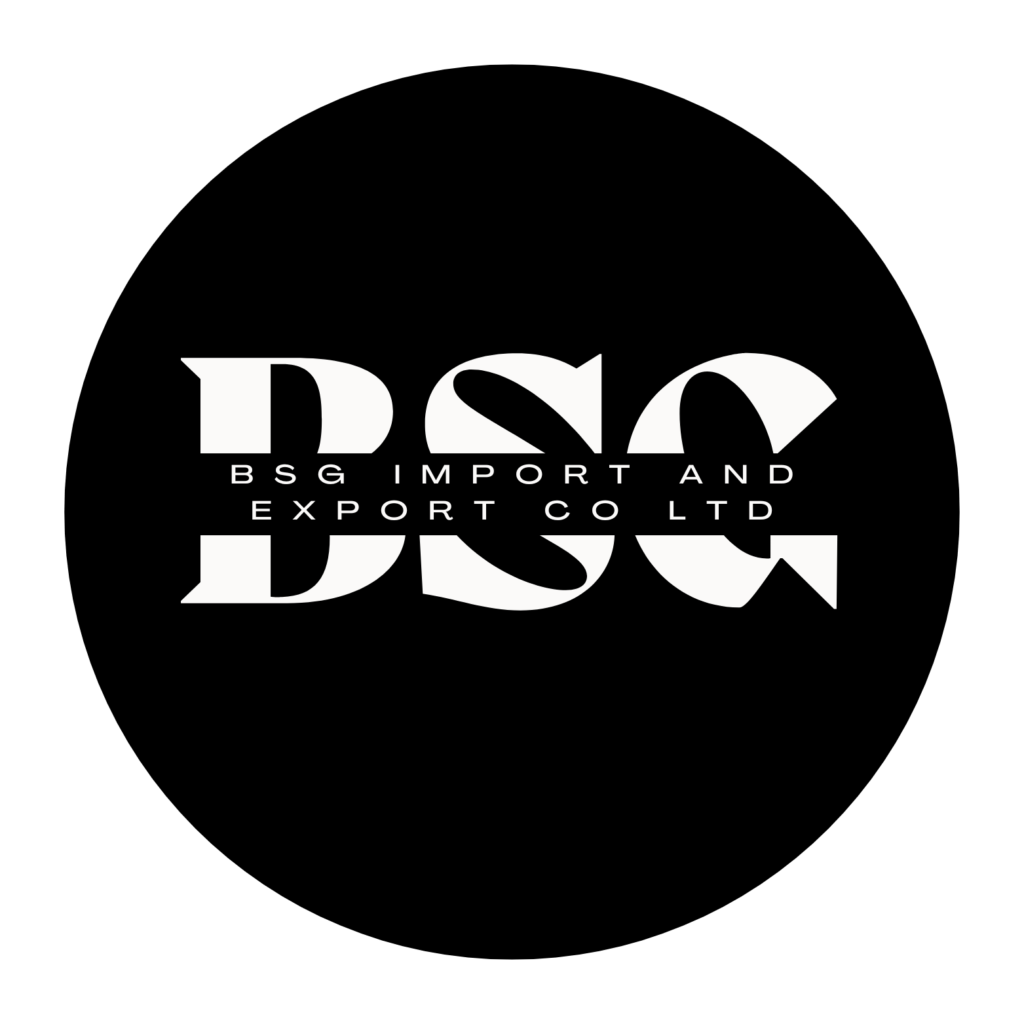
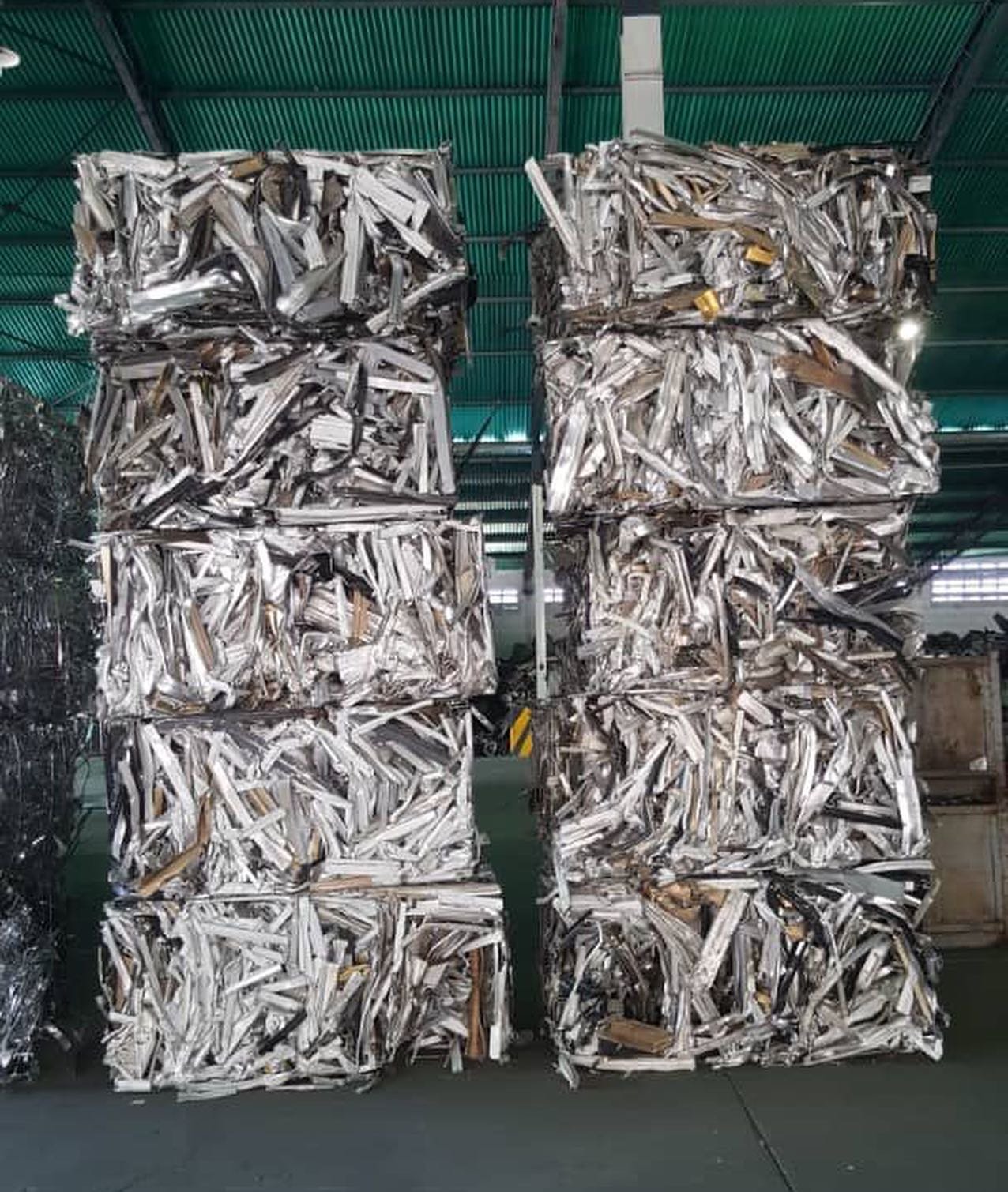

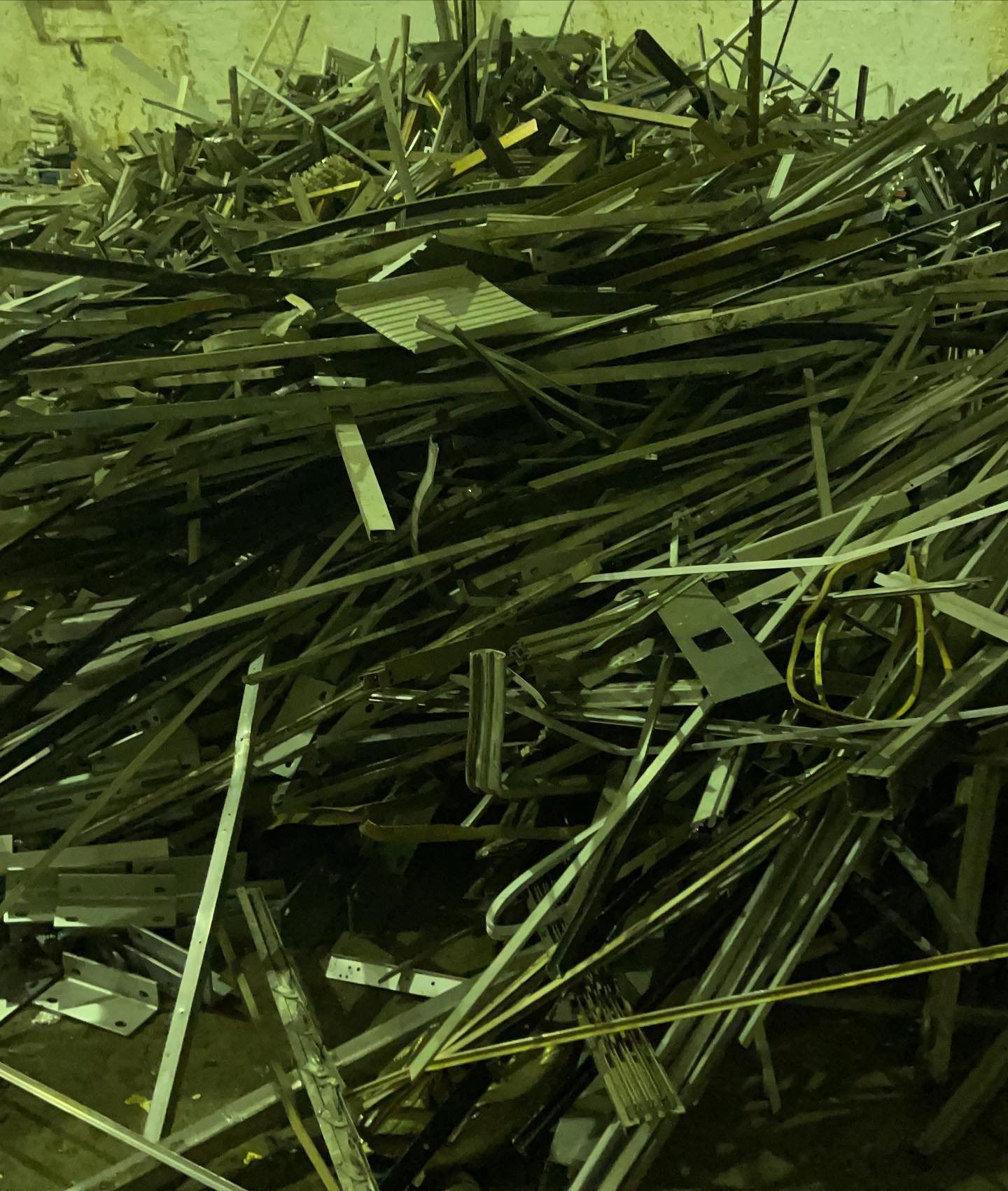
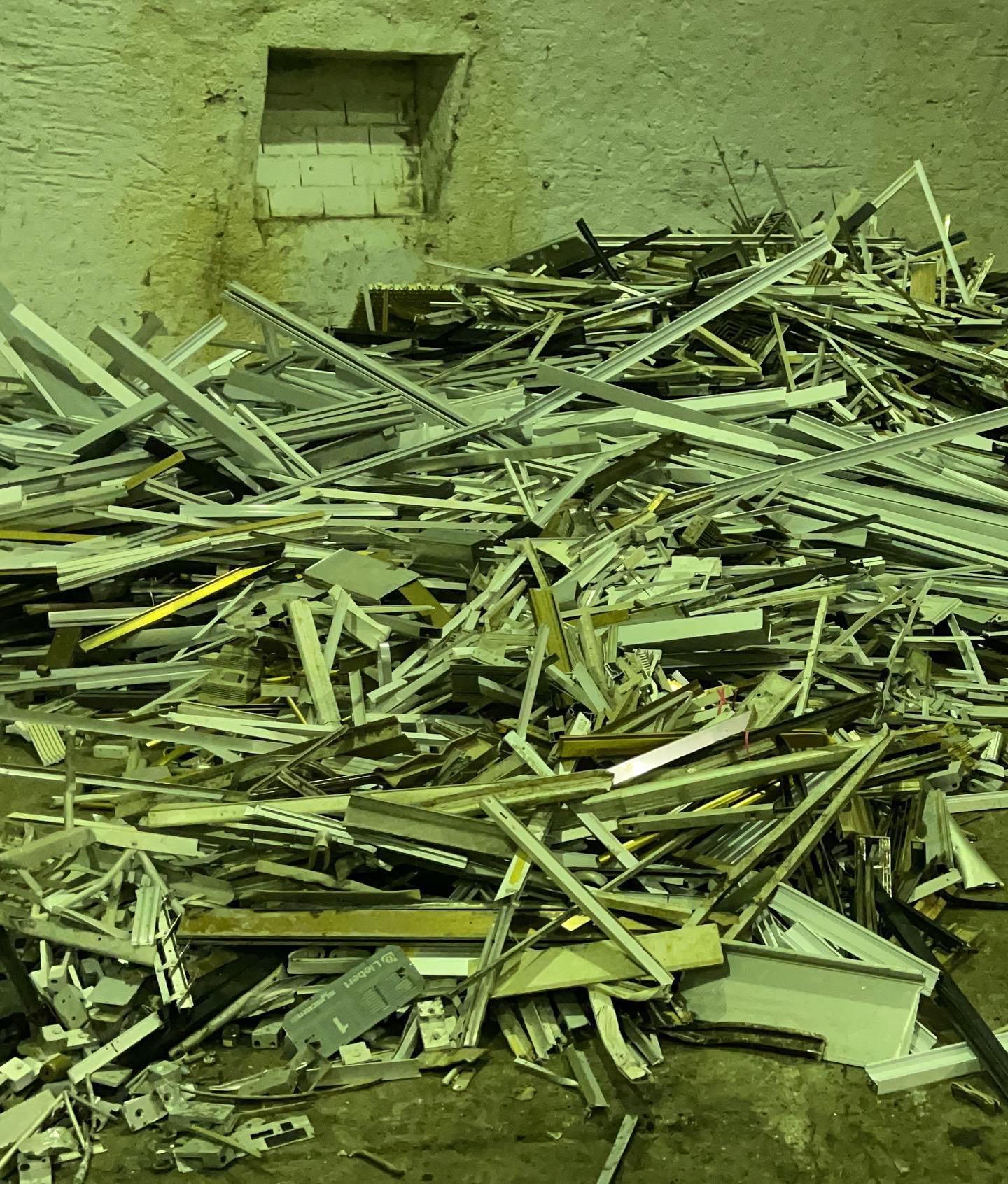

Reviews
There are no reviews yet.